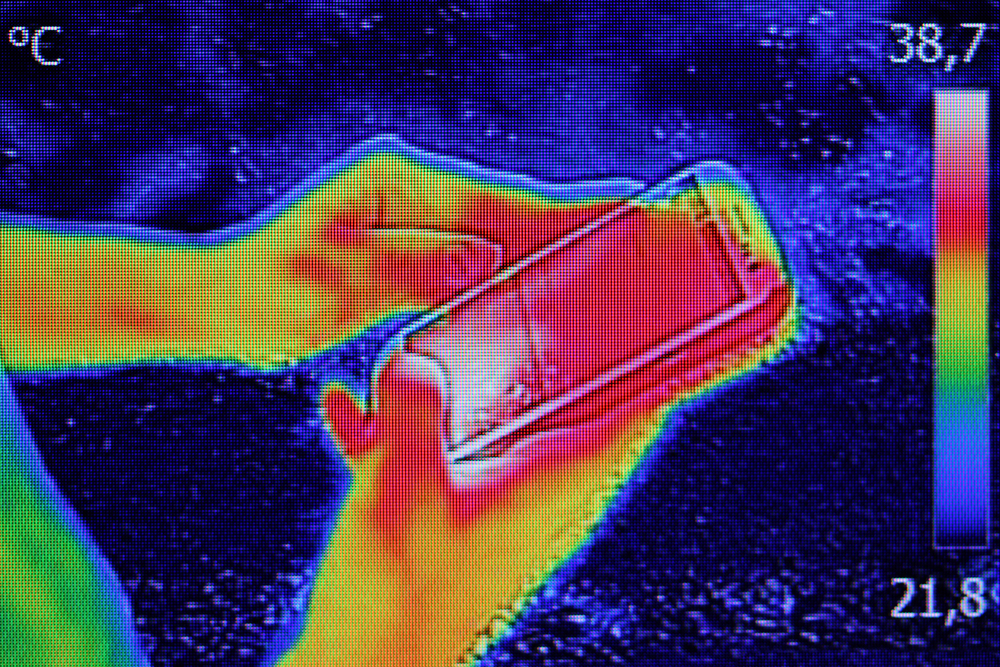
According to a thesis published recently by Lund University in Sweden, it may be possible to analyze mobile phones and other objects that come into close contact with the body to determine if an individual has been exposed to a radioactive substance.
The thesis stems from concerns that a large population would be exposed to ionizing radiation from a dirty bomb in a terrorist attack.
“Being able to quickly determine whether someone has been exposed to radiation is a major advantage,” Therése Geber-Bergstrand, medical physicist and Lund University doctoral student, said. “In case of a nuclear power plant disaster, many people are worried, even when only a small number of people have been exposed to harmful levels of radiation.”
In the thesis, Geber-Bergstrand explains that there are a number of objects that may have the potential to provide information regarding radiation exposure, including mobile phones, teeth and dental fillings, and drying agents.
The thesis described several materials found within objects, like aluminum oxide resistors, which could provide information as late as six years after a radiation incident with the use of a light-genitive measuring technique called optically stimulated-luminescence. This process can be performed on a large scale and be completed in a quick manner.
“The results from the mobile phones were very promising,” Geber-Bergstrand said. “Even though further studies are required, the phones can be used right away. We have an agreement with the Swedish Radiation Safety Authority about analyzing a number of mobile phones in our emergency preparedness lab when needed.”




